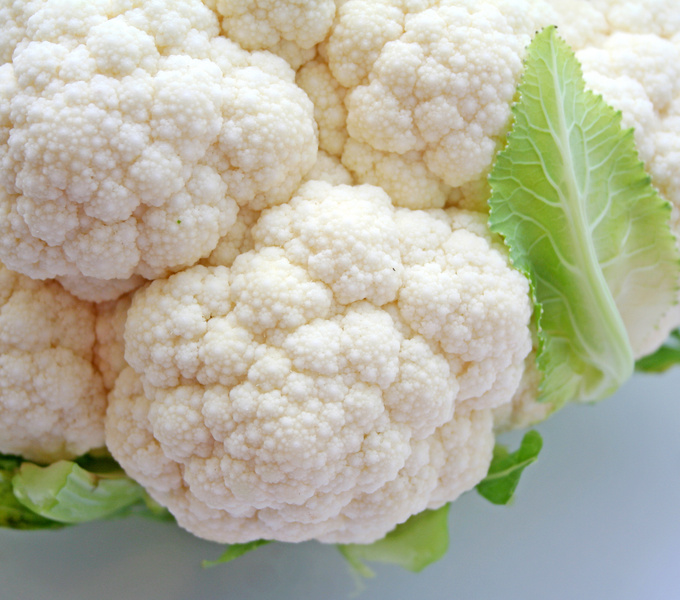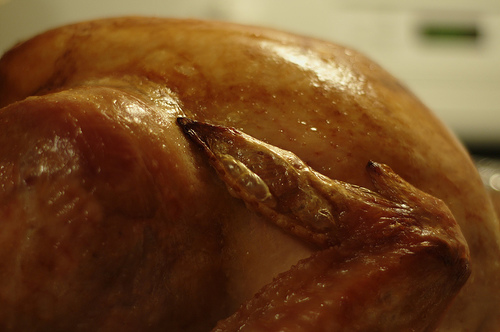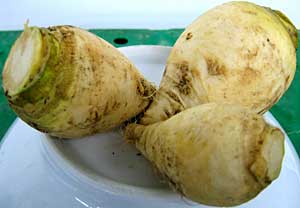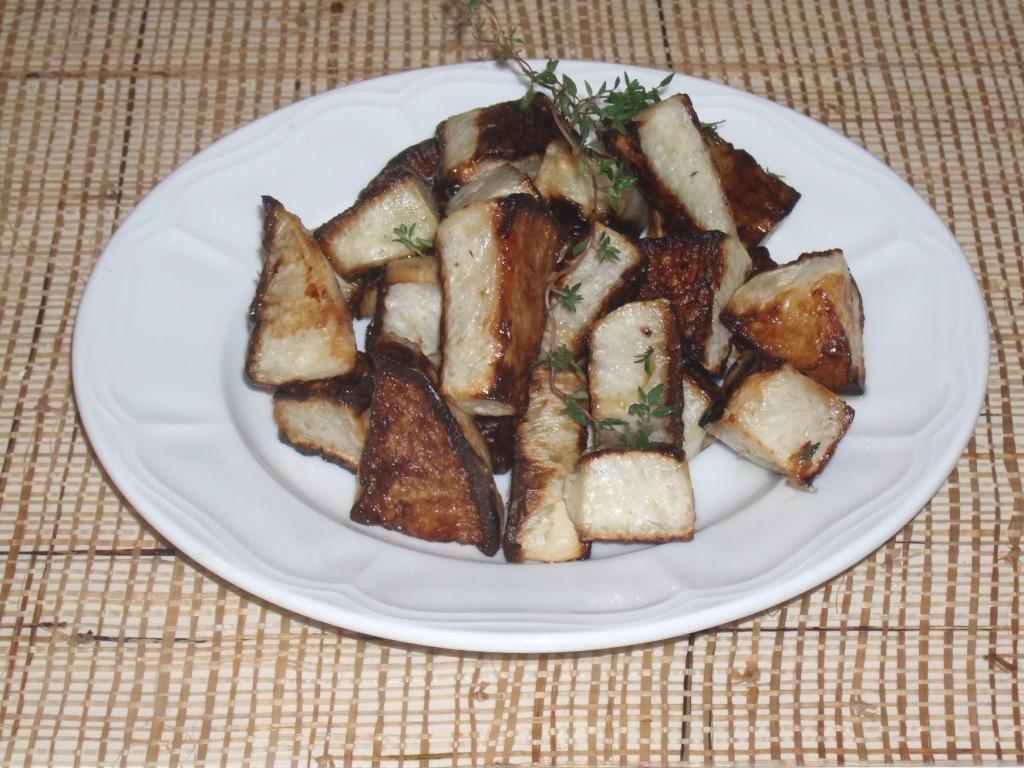 There is no way that "a watermelon burger" wouldn't grab the attention of, well, almost anyone. That is exactly what happened with the story in the New York Times magazine section this past Sunday (July 10, 2011.) Written by Mark Bittman, it pushed the envelope of what to grill that might tantalize anyone who didn't eat grilled meat, or raw meat, for that matter. I would definitely venture to try any of his alternative protein-ate ideas -- sweet potato planks, jicama rafts, and cabbage steaks, too, but wished that the watermelon slices were round instead of triangular, you know, somehow, more "burger-like."
There is no way that "a watermelon burger" wouldn't grab the attention of, well, almost anyone. That is exactly what happened with the story in the New York Times magazine section this past Sunday (July 10, 2011.) Written by Mark Bittman, it pushed the envelope of what to grill that might tantalize anyone who didn't eat grilled meat, or raw meat, for that matter. I would definitely venture to try any of his alternative protein-ate ideas -- sweet potato planks, jicama rafts, and cabbage steaks, too, but wished that the watermelon slices were round instead of triangular, you know, somehow, more "burger-like."
In truth, I've been grilling fruit for the past 31 years, when in 1980, the Daily News did a feature story about a roof-top meal I cooked for then-restaurant critic, Arthur Schwartz. I made four different kinds of grilled ribs (pork, beef, lamb, and veal) and paired each with a grilled fruit, including nectarines, pears, pineapple and plums. It was special alone that I took my hibachi on the roof on my apartment -- not too many people were doing that, then. Later that year, when I was consultant to the quirky Manhattan restaurant Caliban's -- famous for its wine list and literary, motorcycling owner Harry Martens -- I ventured to put a slice of sweet, chewy, charred pineapple under a juicy rare duck breast and will never forget the dismay of a New York Times reporter who deemed the idea "dangerous." To this day, I'm not sure why (in fact, the enzyme bromelain in pineapple actually helps digest food and the acidity in the fruit acts as a welcome mat for the fatty duck.) Anyway, times have changed, and clearly watermelon is the new tomato.
As much as I enjoy grilling the unexpected, one of the summer recipes I love most is one that I created for Bon Appetit more than ten years ago. My "Grilled Vegetables Salsa Verde" has you marinating thick slices of potato (unexpected), asparagus, scallion, big beefy mushrooms, zucchini, bell peppers and red onions, in a marinade of salsa verde, extra-virgin olive oil, cumin and cilantro. The vegetables sit in this mixture, absorb the great flavors, then get grilled to perfection. Now, thanks to Mark, I may slip in some jicama, pineapple, and watermelon, too.
Grilled Vegetables “Salsa Verde”
2 cups prepared salsa verde, mild or medium 1/4 cup extra-virgin olive oil 2 teaspoons ground cumin 1 large bunch cilantro 3 large Yukon gold potatoes 4 medium zucchini, about 6 ounces each 4 medium red onions 2 red and 2 yellow large bell peppers 8 fat asparagus or scallions 3 large portabello mushrooms
Put salsa verde, olive oil, cumin and ½ packed cup chopped cilantro in bowl of food processor. Process until thoroughly blended. Wash and dry vegetables. Scrub potatoes and slice lengthwise into 1/4-inch thick slices. Cut zucchini in half lengthwise and then crosswise. Cut onions in half through the equator. Cut peppers lengthwise into sixths and remove seeds. Trim ends of asparagus or scallions. Quarter mushrooms. Place all vegetables in a large bowl and cover with marinade. Let marinate a minimum of 2 hours. Light the barbecue. When hot, place vegetables on grill and cook on both sides until tender. This will take about 15 to 20 minutes. Turn often. Drizzle some of the remaining marinade over top. Garnish with coarsely chopped cilantro. Serves 8











